Remember when grocery shopping was less about efficiency and more about the experience? Before online ordering, self-checkout lanes, and grocery delivery services transformed our shopping habits, the local supermarket was a social hub with its own unique customs and rituals. Let’s take a stroll down the fluorescent-lit aisles of memory lane and revisit those grocery store experiences that have largely disappeared from our weekly routines.
1. Writing Checks at the Checkout

There was an art to the grocery store check-writing ritual that younger generations will never experience. Shoppers would carefully pull out their checkbooks as their items were being scanned, filling in the date and payee while waiting, then quickly scribbling the final amount once the total was announced. The cashier would often verify your identity with a driver’s license, sometimes even writing your phone number on the check, before carefully placing it in the register drawer. Math Worksheets Land goes over the importance of teaching this task as an important life skill.
This payment method created a natural pause in the checkout process, a moment where you might chat with the cashier or the person behind you in line. Those few minutes of forced patience as everyone waited for checks to be written and processed created small social connections that have disappeared in our tap-and-go world. Many stores even had special counters at the end of checkout lanes specifically designed for check-writing convenience.
2. Getting Your Groceries Packed For You
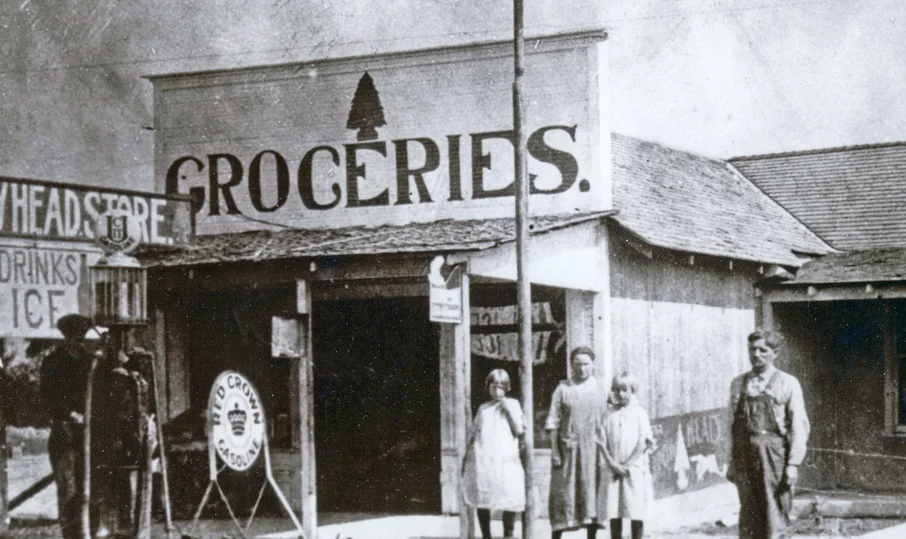
Before “Paper or plastic?” became a question of environmental ethics rather than service, having your groceries bagged by a dedicated professional was standard procedure. These grocery baggers—often teenagers working their first jobs—knew the rules: heavy items on the bottom, eggs and bread on top, and meats separate from produce. They worked with impressive speed and skillful organization while you chatted with the cashier. As noted by Curbside Classic, things really have changed in the average grocery store.
The grocery bagger wasn’t just providing a service; they were performing a subtle social role that connected the store to the community. They might carry your bags to the car, ask about your family, or comment on the weather—small interactions that built relationships between stores and customers. This personalized service created loyalty in a way that today’s streamlined, do-it-yourself approach simply cannot replicate.
3. Price-Checking at the Register
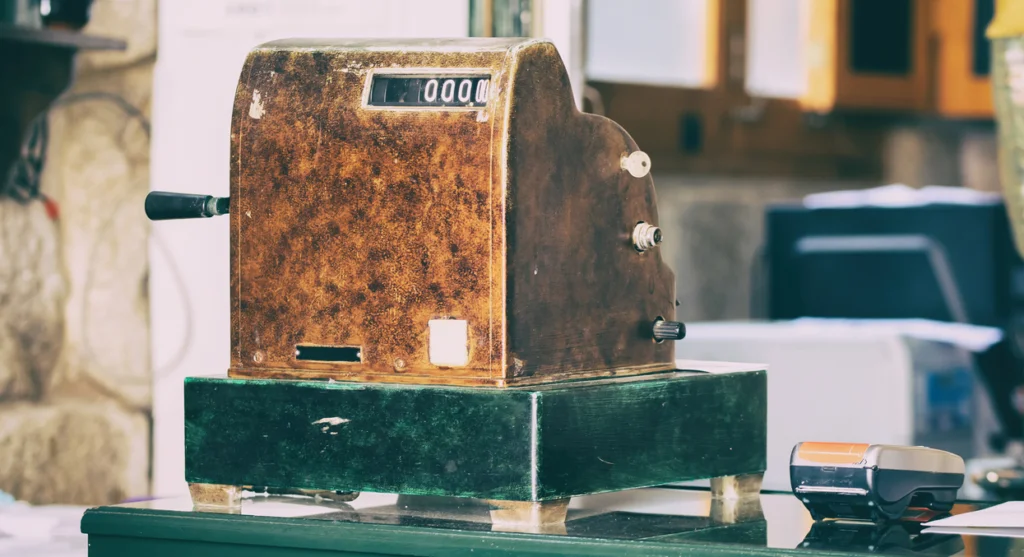
Before digital price scanners became ubiquitous, cashiers would manually enter prices marked on items or memorize commonly purchased products. When a price seemed off, everything would grind to a halt as a manager or stock person was summoned for a “price check on aisle nine.” Fellow shoppers would collectively sigh but generally accept this inconvenience as part of the grocery experience. Smithsonian Institute shows just how much the cash and credit register has evolved independently and with the times and how our technology has changed.
These price-checking delays created unplanned social moments in the checkout line—opportunities to commiserate with fellow shoppers, peruse the impulse-buy candy and magazine rack, or chat with the cashier. The frequent announcements over the store intercom became such a familiar part of shopping that many of us hardly noticed them. Today’s automated scanning systems have eliminated most of these delays, along with the human interactions they facilitated.
4. Collecting S&H Green Stamps

Grocery shopping once came with a collectible bonus: those little S&H Green Stamps that cashiers would hand out based on how much you spent. Families would carefully paste these stamps into collection books, a task often assigned to children sitting around the kitchen table after shopping day. Once you’d filled enough books, you could redeem them for merchandise from specialized catalogs or dedicated redemption centers.
The Green Stamp phenomenon created a form of delayed gratification and loyalty that transcended simple discounts or points. Discussions about how many stamps away you were from that new toaster or set of lawn chairs became dinner table conversation. Many grandparents today can still recall the satisfaction of finally redeeming books of stamps for a coveted household item—a reward that felt earned through consistent shopping at participating stores.
5. Reading the Weekly Circulars to Plan Shopping Trips

Before digital coupon apps and online deals, Wednesday’s newspaper delivery meant it was time to plan your grocery strategy. Families would gather around the kitchen table with scissors in hand, carefully cutting out coupons and circling deals in the weekly grocery circular. This ritual often determined which stores would be visited that week, depending on who had the best prices on essential items.
The physical act of planning with paper ads created a tangible connection to household budgeting that digital alternatives haven’t fully replaced. Children learned about comparison shopping and value by watching parents analyze the deals, and the refrigerator door often became a bulletin board of clipped coupons awaiting their trip to the store. The weekly circular wasn’t just advertising—it was a household planning tool that structured the family’s shopping patterns.
6. Grocery Workers Memorizing Produce Codes
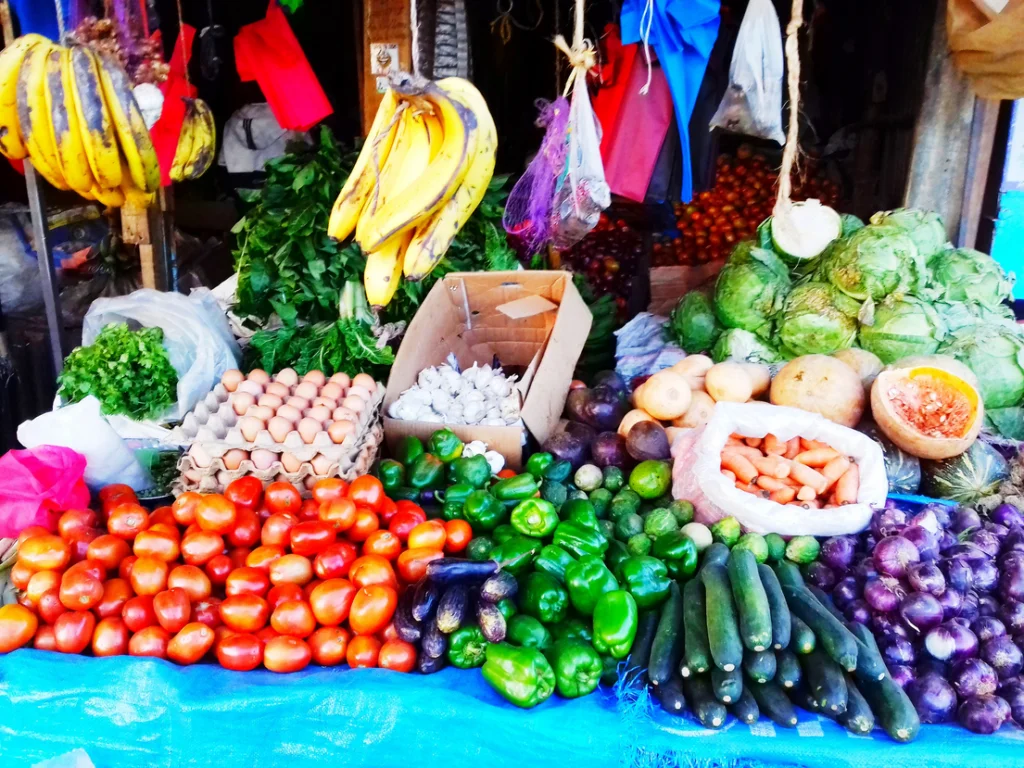
Checkout clerks once possessed an impressive mental catalog of produce codes, rattling off “4011” for bananas or “4067” for zucchini without needing to consult any reference. These memorized codes were badges of honor among experienced cashiers, who could identify and price even exotic fruits and vegetables with remarkable speed and accuracy. New cashiers would often carry cheat sheets or rely on more experienced colleagues for help with unusual items.
This produce-code expertise created a certain professional pride among grocery workers that modern scanning technology has somewhat diminished. Watching a veteran cashier rapidly identify and punch in codes for a cart full of produce was like witnessing a specialized skill that took months to develop. Shoppers would sometimes test cashiers with unusual fruits or vegetables, impressed when the employee didn’t miss a beat before entering the correct code.
7. Navigating Aisles Without Phones
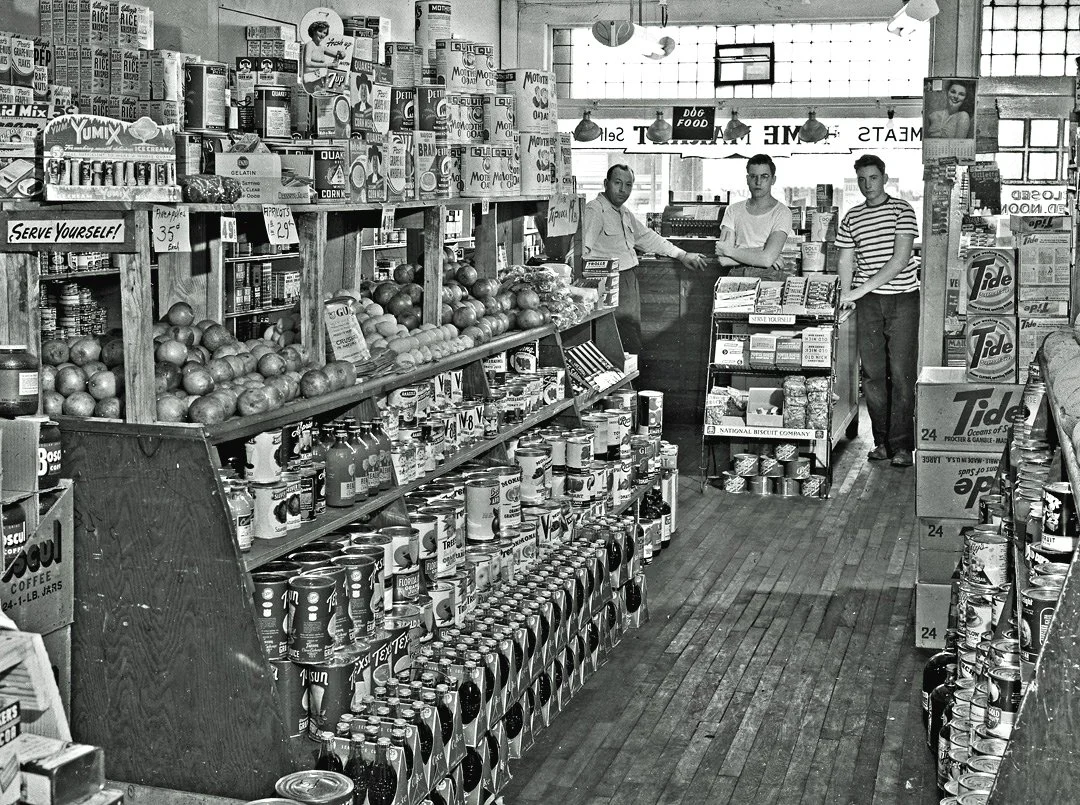
Shopping trips once required mental preparation and memory work that seems almost quaint today. Shoppers would arrive with handwritten lists, often organized by aisle based on their familiarity with the store layout. If you forgot something on your list, you’d need to retrace your steps through the store rather than texting your partner to add it to a shared digital list.
This phone-free shopping created a more present, focused experience where shoppers relied on their knowledge of the store and personal memory. You’d frequently see people muttering their shopping lists to themselves or counting items on their fingers to ensure nothing was forgotten. The satisfaction of crossing items off a paper list with a pen had a finality and accomplishment that digital list-checking can’t quite match.
8. Free Samples at Every Turn
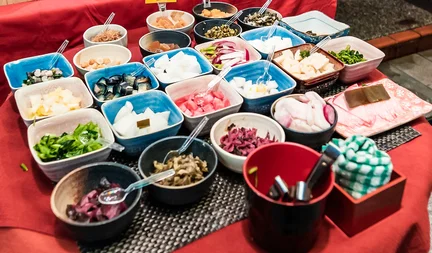
Before pandemic concerns changed our relationship with shared food, grocery stores were veritable buffets of free samples. Weekend shopping trips might include tiny cups of orange juice, toothpick-speared cheese chunks, crackers with new spreads, or mini hot dogs in pastry blankets. Some stores, like Hickory Farms during holidays, became destinations specifically because of their generous sampling policies.
These sample stations created natural gathering points where strangers would briefly interact, exchanging opinions about the product or sharing cooking tips. Sample providers—often friendly retirees earning extra income—became familiar faces who remembered regular customers and their preferences. More than just marketing, these sample stations transformed grocery shopping from a chore into a social and culinary exploration that built community connections.
9. Bottle Return Stations That Required Human Interaction

Returning glass bottles for deposit money once meant interacting with store employees who would count your returns and issue credit or cash. Children would often collect bottles from neighbors or roadsides, seeing the bottle return counter as their own personal ATM for candy money. The distinctive sound of glass bottles clanking together in metal carriers announced your approach long before you reached the store.
The bottle return process created a circular economy awareness that automated redemption machines don’t quite capture. Store workers would sort bottles by brand for reuse, and customers understood they were participating in a recycling system rather than simply getting money back. Many shoppers would save their bottle returns for particular purchases, creating a separate “bottle money” category in their mental budgeting that felt like free cash.
10. Having Butchers Cut Meat to Order
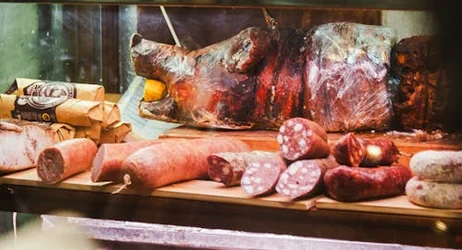
Before pre-packaged, plastic-wrapped meat became standard, visiting the butcher counter was an essential part of grocery shopping. Customers would describe exactly what they wanted—thickness of steaks, size of roast, or special cuts for specific recipes—and watch as skilled butchers prepared their order on the spot. This interaction created a relationship of trust and expertise that’s largely disappeared from modern supermarkets.
The butcher counter was also an information exchange where cooking advice, recipe suggestions, and community news were freely shared. Butchers knew their regular customers’ preferences and would often set aside choice cuts for them or call attention to good deals. This personalized service meant shoppers developed loyalty to specific butchers rather than just to stores, sometimes following a trusted meat expert when they moved to different locations.
11. Cart Corrals Without Quarter Deposits
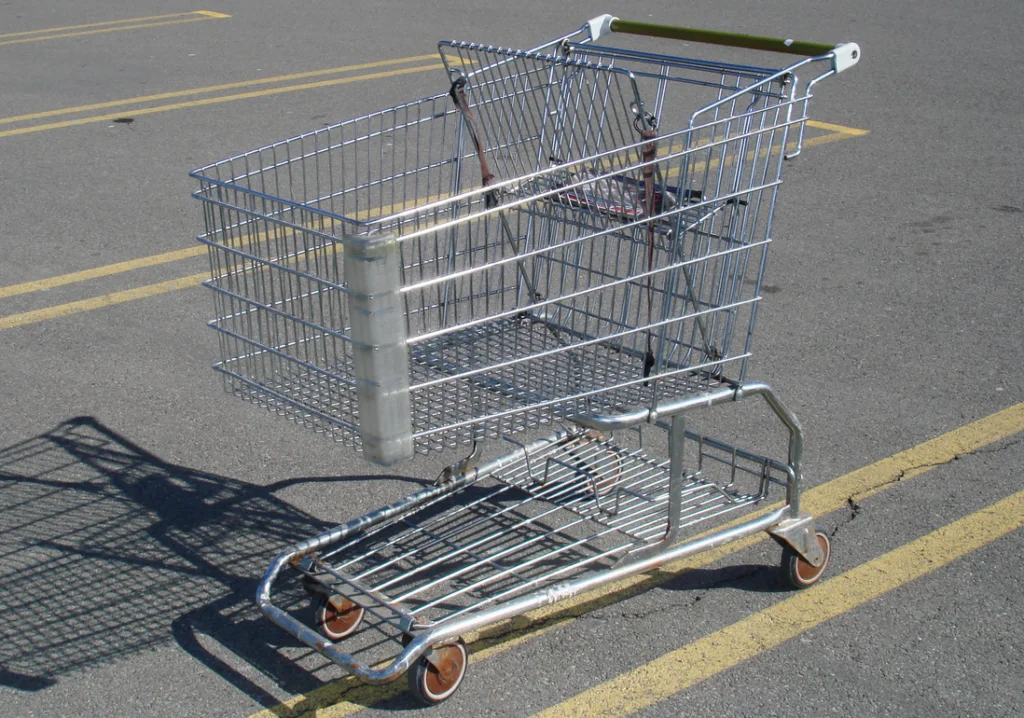
Before carts became temporary rentals requiring coin deposits, returning your shopping cart was an honor system that revealed community character. Some shoppers dutifully returned carts to designated areas, while others abandoned them near their parking spots, creating jobs for the “cart boys” who rounded them up throughout the day. The sight of employees pushing long trains of carts back to the store entrance was a ubiquitous part of the parking lot landscape.
This cart return system (or lack thereof) created a curious social experiment in civic responsibility that sociologists could study. Neighborhoods often developed reputations based on their cart return habits, and shoppers silently judged others based on whether they properly returned their carts. Without the financial incentive of getting your quarter back, the decision to return a cart became a pure reflection of personal ethics and consideration for others.
12. Checkout Lanes Without Candy
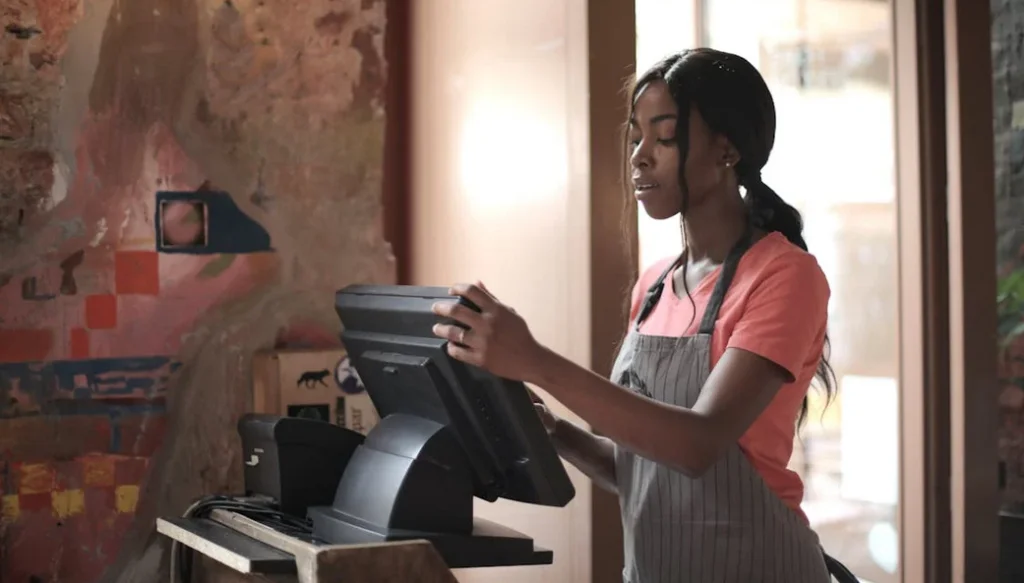
Grocery checkout lanes were once relatively spartan affairs without the carefully engineered temptation zones they’ve become today. While there might be a rack of gum or mints, the elaborate candy displays, magazine selections, and impulse purchase items that now define the checkout experience were minimal or nonexistent. Parents could navigate checkout without the predictable battles over treats that now characterize the end of shopping trips.
The relatively distraction-free checkout experience meant that waiting in line involved more people-watching and chance conversations with fellow shoppers or cashiers. Children might help unload the cart onto the conveyor belt rather than begging for treats, becoming active participants in the family shopping expedition. The transformation of checkout lanes into retail gauntlets reflects broader shifts in marketing strategy and consumer psychology that have fundamentally changed our relationship with grocery shopping.
Though technology and changing retail practices have streamlined our grocery shopping experience, making it more efficient but perhaps less personal, many of us still fondly remember these vanishing customs. These shared experiences—from check-writing to Green Stamp collecting—were more than just shopping habits; they were small cultural touchpoints that connected us to our communities and created shared experiences across generations. While few would trade the convenience of modern shopping for these sometimes cumbersome traditions, it’s worth remembering that efficiency doesn’t always equal enrichment.


